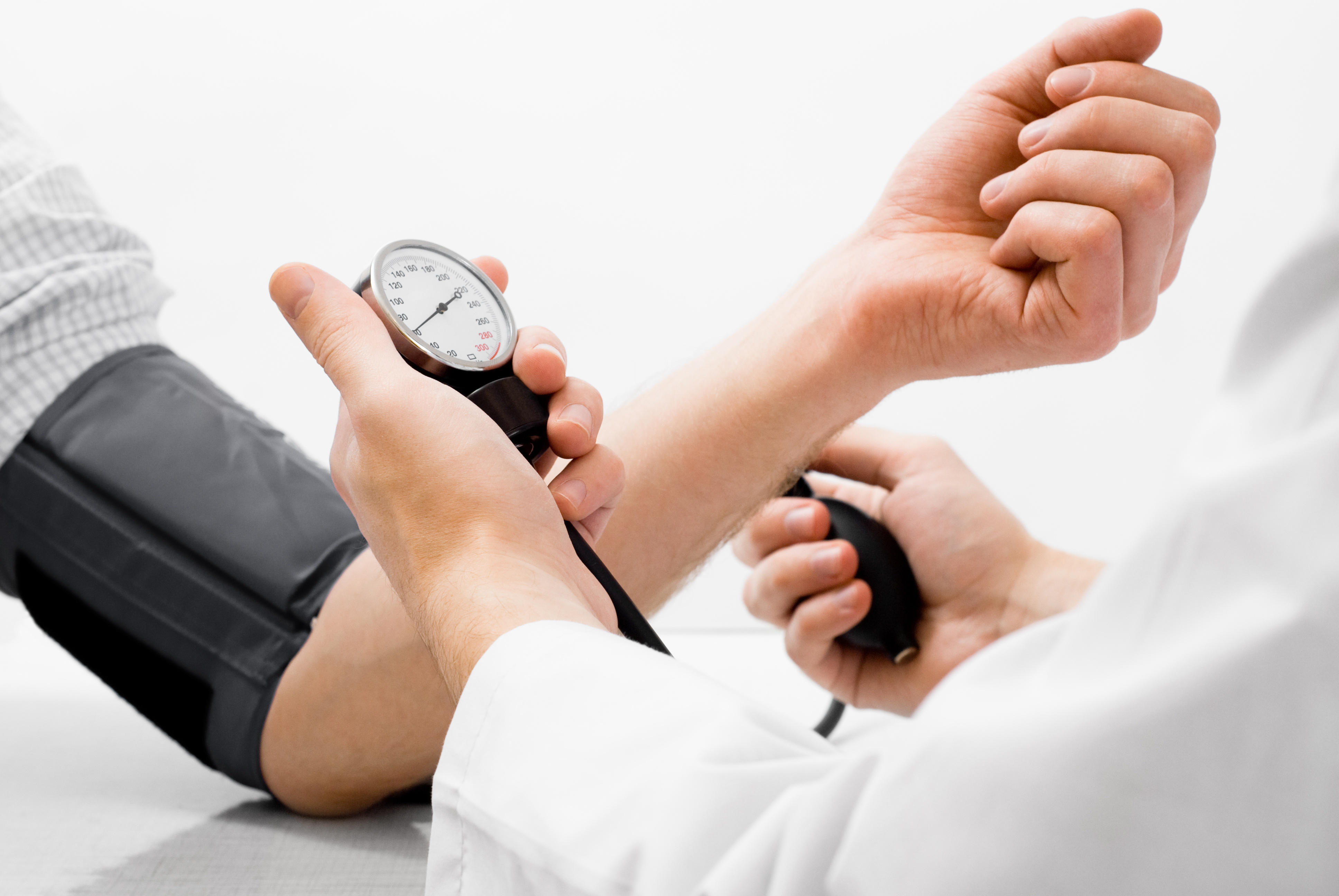
For many, the closest they have ever come to understanding hypertension is the medical shows they watch. Unfortunately, some of these programs have inaccurate information and therefore cannot be trusted. Should you rely on them, you will be lost and find an entirely wrong information of high blood pressure. This will not give you accurate information about the disease and what it can mean to you. Understanding blood pressure is supposed to be a priority for all adults. Currently, the condition is endemic with one in three adults suffering from it. The following is a quick guide the disease and the treatments available.
What is blood pressure?
Essentially, blood pressure is the force with which blood circulates through your veins and blood vessels. The reading of your blood pressure is usually taken by an instrument known as a manometer, an instrument which looks like a strip of rubber attached to a thermometer. Alternatively, a sphygmomanometer is used for measuring the pressure. As your heart beats, your blood pressure records a variation in pressure i.e. maximum, scientifically known as systolic, and minimum, known as diastolic pressure.
What is classified as high blood pressure and low blood pressure?
High blood pressure, also known as hypertension is the instance where the blood pressure shoots from a regular rate of 90-119 systolic pressure and a diastolic pressure of 60-79 up to 120-139 and 80-89 in the case of prehypertension. As the condition advances, the blood pressure records 140-159 and 90-95 for systolic and diastolic pressure respectively. Low blood pressure is the instance where it is below 90 systolic over 60 diastolic.
Consequences of hypotension and hypertension
Hypertension can result in a variety of unpleasant things happening in your body. Some of the effects include
• Heart attacks
• Burst blood vessels in the eye
• Drowsiness
• Kidney failure
• Confusion
• Nausea
Causes of high blood pressure
Even though there is not yet a definite cause of the condition, some behaviors have widely been associated with it. The behaviors include
• Sedentary life
• Diets with a high content of animal fats and salt
• Unmanaged stress
• Obesity
High blood pressure treatment
Currently, there exist more than two hundred separate brands of medication which aim to solve the problem of high blood pressure. There has not been a single drug manufactured that can permanently cure the condition, and so doctors often prescribe a combination. After that comes a period of adjusting doses to achieve optimal effects on blood pressure while at the same time alleviating the side effects of the drugs used for treatment. The primary objective of the drug is to control the condition and not necessarily to cure it. Once you get the conditions and start using the medication, you are on drugs for life.
High blood pressure medication comes in four different classes, each of which has subcategories. The classes include
• Diuretics
• Beta blockers
• Ace inhibitors
• Calcium channel blockers
What’s the alternative treatment and control of high blood pressure?
Many people for lifestyle change in a bid to control and treat this condition. It is possible to reduce significantly high blood pressure. What would make this possible is diet adjustment, taking up daily exercise as well as managing stress. However, just as in medication, once you take up a lifestyle of healthy living, there is no going back.
High blood pressure is a condition that could catch up with just about anyone. Knowing about it will greatly help you to know how to take care of it.
